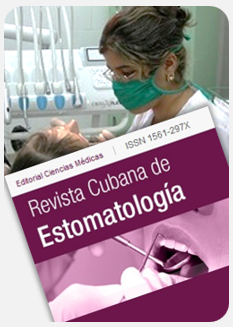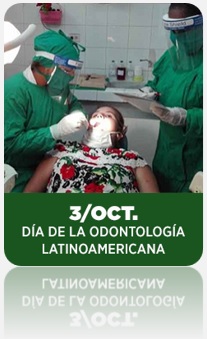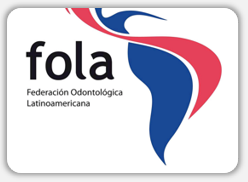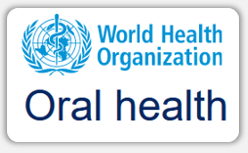 La enfermedad periodontal se ha asociado consistentemente con enfermedades crónicas, incluyendo enfermedades del corazón, derrames cerebrales y diabetes. Ahora hay una sugerencia de que también podría estar relacionado con un mayor riesgo de cáncer de mama en mujeres posmenopáusicas. Las mujeres posmenopáusicas que reportaron tener enfermedad periodontal tiene un 14% más de riesgo de desarrollar cáncer de mama que aquellas que no lo hicieron.
La enfermedad periodontal se ha asociado consistentemente con enfermedades crónicas, incluyendo enfermedades del corazón, derrames cerebrales y diabetes. Ahora hay una sugerencia de que también podría estar relacionado con un mayor riesgo de cáncer de mama en mujeres posmenopáusicas. Las mujeres posmenopáusicas que reportaron tener enfermedad periodontal tiene un 14% más de riesgo de desarrollar cáncer de mama que aquellas que no lo hicieron.
Disponible en: Cancer Epidemiol Biomarkers Prev. Published online December 21, 2015
The risk was particularly strong in women with a history of tobacco use.
The study was published online in December 16 in Cancer Epidemiology, Biomarkers & Prevention.
Lead author Jo L. Freudenheim, PhD, distinguished professor and interim chair of the department of epidemiology and environmental health, School of Public Health and Health Professions at the University at Buffalo, New York, pointed out that smoking itself is associated with increased risk of periodontal disease.
As for the association between periodontal disease and breast cancer, further studies are needed to establish a causal link, Dr Freudenheim commented. «Much more needs to be done before these findings are the basis for recommendations,» she said. «It is always a good recommendation not to smoke and to quit if you do smoke. Also good dental care is a good recommendation for overall good health.»
Prospective Data from WHI Study
The authors followed 73,737 postmenopausal women who were enrolled in the Women’s Health Initiative (WHI) observational study, a large prospective study involving 40 centers throughout the United States between 1994 and 1998.
About a quarter of these women (26%) self-reported having periodontal disease.
At a mean follow up of 6.7 years, 2124 women (2.9%) were diagnosed with breast cancer. The diagnosis of breast cancer was determined by self-report on questionnaires that were collected annually and were verified by review of medical records.
There was a significant increase in risk of invasive breast cancer among those reporting a history of periodontal disease; the adjusted hazard ratio (HR) was 1.14, and it was somewhat weaker with adjustment for smoking status and pack-years (HR, 1.11).
After adjustment for smoking with separate variables for years smoked and packs per day, the findings did not change to any great degree.
The results were also similar after adjustment for confounders such as a history of other cancer types, diabetes, stroke or myocardial infarction, family history of breast cancer, secondhand smoke exposure, frequency of dental visits, or edentulism.
When the analysis was stratified by smoking status, the researchers found a small and nonsignificant increase in risk of breast cancer risk associated with periodontal disease among never-smokers (HR, 1.06). For former smokers who had quit more than 20 years earlier, there was also a nonsignificant increase in risk (HR, 1.08).
But for former smokers who had quit within the past 20 years, that risk escalated to 36% increase in risk (HR, 1.36), and for current smokers, the magnitude of the association was similar (HR, 1.32) although the number of cases was small (n = 74).
The authors calculated that the portion of breast cancer that would be eliminated if periodontal disease were removed, with all other factors remained the same, was 2.89% for the total population, 1.30% for never-smokers, 4.74% for all former smokers, 2.25% for former smokers who quit more than 20 years previous, 12.06% for former smokers who quit less than 20 years previous, and 11.47% for current smokers.
Commenting on the association between smoking and periodontal disease, Dr Freudenheim said: «The bacteria in the mouths of smokers are different from those in mouths of nonsmokers…even for those who quit smoking, at least for a while, there is a different array of bacteria.»
But the new findings indicate that there may be a change in smokers that lingers for some time after quitting. «The associations for those who had quit more than 20 years ago were similar to never-smokers in our study,» Dr Freudenheim.
This work and the WHI program are funded by the National Heart, Lung, and Blood Institute. Dr Freudenheim has no relevant financial relationships; disclosures for the coauthors are listed in the article.






Haga un comentario